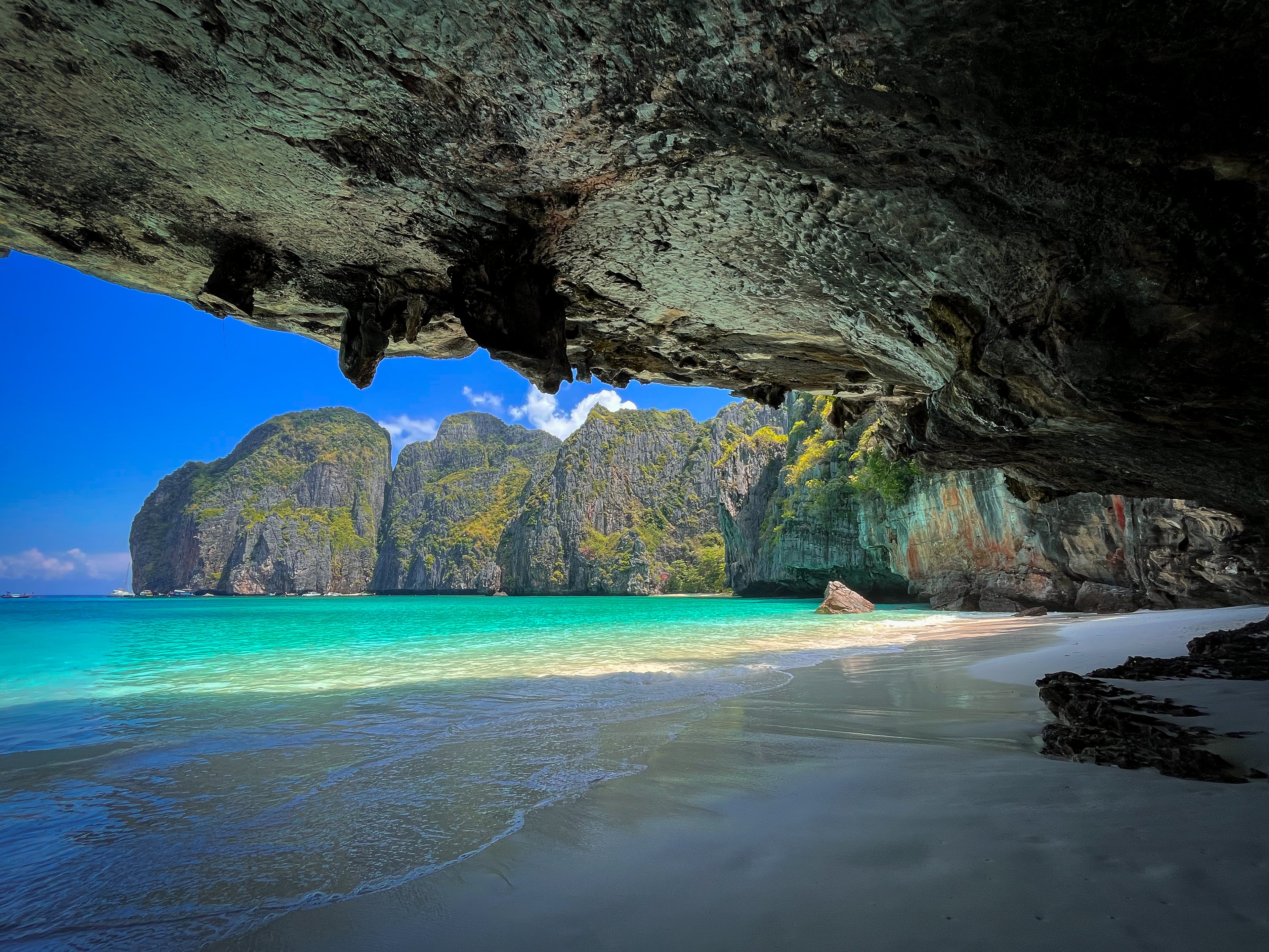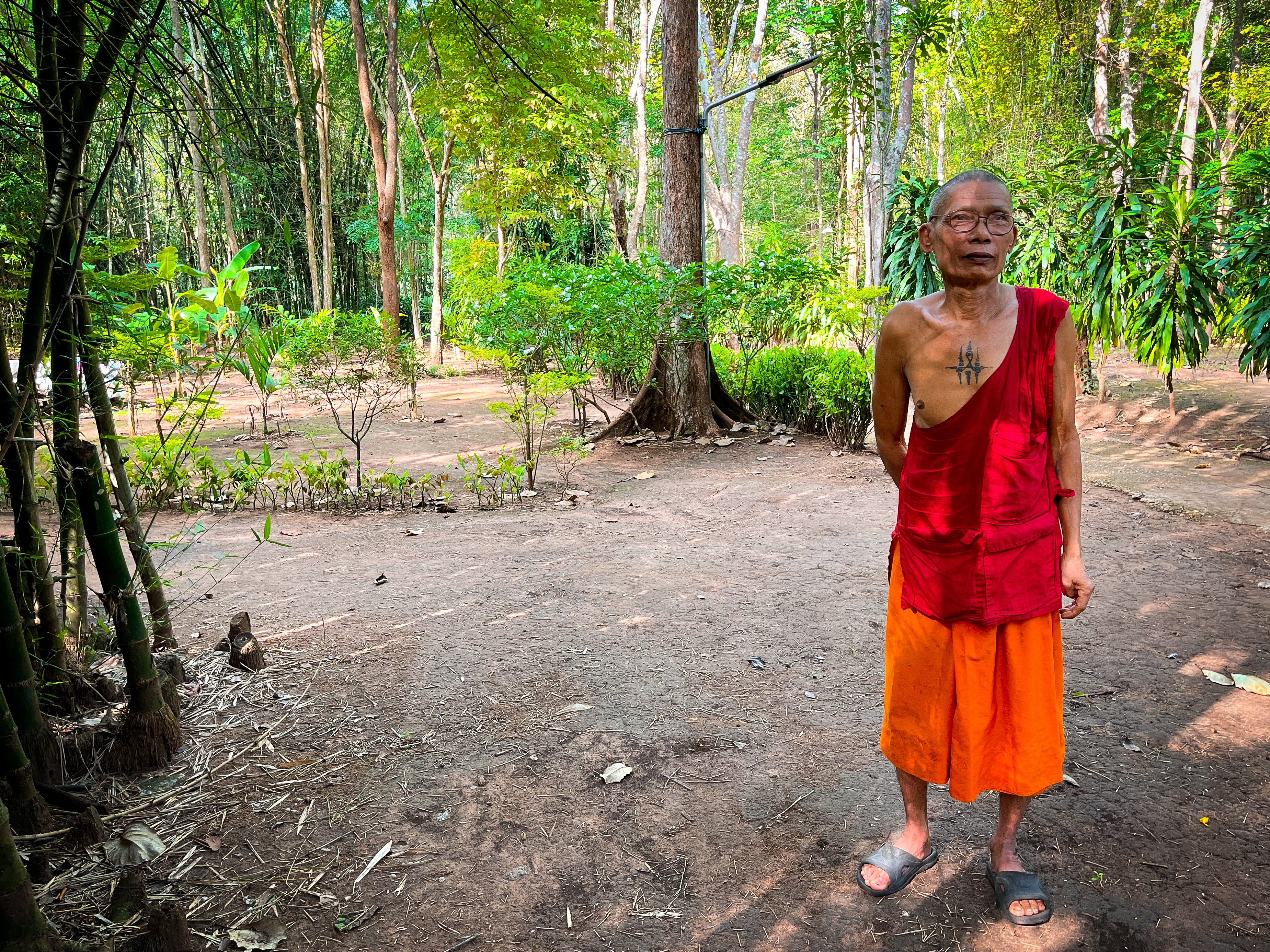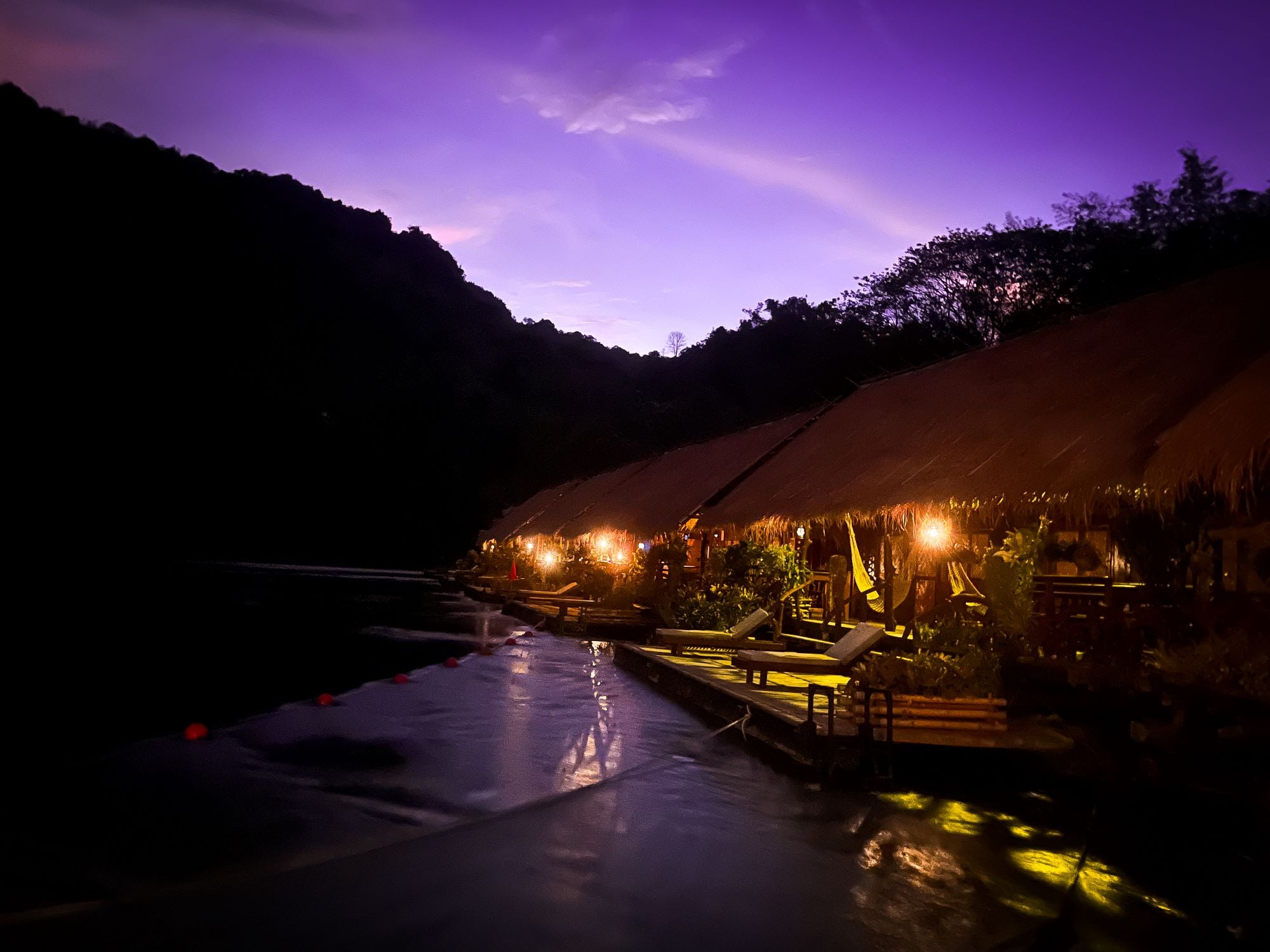How to plan a sustainable tour of Thailand
While there is no escaping the flight to get there, once you arrive in the Land of Smiles it is possible to eat, stay and play sustainably. Phoebe Smith takes a tour of the classics – the eco-friendly way

Your support helps us to tell the story
From reproductive rights to climate change to Big Tech, The Independent is on the ground when the story is developing. Whether it's investigating the financials of Elon Musk's pro-Trump PAC or producing our latest documentary, 'The A Word', which shines a light on the American women fighting for reproductive rights, we know how important it is to parse out the facts from the messaging.
At such a critical moment in US history, we need reporters on the ground. Your donation allows us to keep sending journalists to speak to both sides of the story.
The Independent is trusted by Americans across the entire political spectrum. And unlike many other quality news outlets, we choose not to lock Americans out of our reporting and analysis with paywalls. We believe quality journalism should be available to everyone, paid for by those who can afford it.
Your support makes all the difference.It was a sight familiar to anyone ever visiting a Buddhist country – an orange-robed monk approaching people with his bowl, ready to receive food (known as alms) for good karma. But, standing at the temple of Wat Chak Daeng in Bangkok, something was markedly different.
Rather than the standard lunch of rice and freshly cooked vegetables, here people were offering used plastic bottles. This wasn’t an error – a case of mistaking these holy souls for the bin men. It was the latest pioneering initiative from the monks themselves: getting involved in recycling.
Back in 2019, the temple’s abbot was struck by the extent of Thailand’s plastic problem – the country is one of the top five plastic polluters of the oceans – and wanted to help. So he encouraged devotees to give monks their used plastics as alms.
Behind the temple is a processing plant, manned by locals and volunteers where everything is cleaned and recycled into a number of products – including the robes on the monks’ backs.
It was odd to imagine such a massive shift in thinking taking place here, especially given that I was only 15 minutes from the thriving centre of Bangkok – where everything is seemingly served to you wrapped in multiple layers of plastic, no matter how fervently you insist otherwise.

I was in Bang Krachao, known as the “green lung of the city” for its proliferation of foliage amid the surrounding concrete jungle: my first stop on a mission to explore Thailand’s classic sights in the most sustainable way possible.
I began my quest through this verdant oasis on a rental bike, weaving along footpaths and cycle trails set in car-free mangrove forest. I passed palm trees replete with resident birds, wooden houses and not a skyscraper in sight, before arriving at my first base: the Bangkok Tree House, perhaps the most sustainable stay in the city.
I began my quest through this verdant oasis on a rental bike, weaving along footpaths and cycle trails set in car-free mangrove forest
Built from bamboo and recycled metal, and featuring artwork upcycled from driftwood washed ashore, its showers are warmed and lights powered by solar energy, while rooms sit within the canopy of trees, immersing you in nature. All food served here is organic and locally sourced. The meal I ate that evening – while fireflies provided mood lighting in the darkening sky – left a good taste in my mouth in more ways than one.
From Bangkok I took the train to Kanchanaburi to visit the famous River Kwai – a far less damaging mode of transport than going by car. Once there – instead of turning up the air-con in a local three-star, I opted to spend two nights on the water at Jungle Rafts, a floating eco-hotel.
With a firm focus on getting guests back to nature, there is no electricity on the rafts – rooms are lit with lanterns and cooling is provided by air flowing through the handcrafted wooden huts. When it all gets too hot, the answer is to don a lifejacket and leap into the water, letting the current take you to the end of the complex, before you climb out by a surreptitiously placed ladder and walk back to your room. The bonus is that every stay helps support the Mon community (an ethnic group originating from Myanmar) that live in the jungle beside the hotel.
The meal I ate that evening – while fireflies provided mood lighting in the darkening sky – left a good taste in my mouth in more ways than one
“The hotel has been so key for us,” explained manager Bly. “We can continue with our way of life whilst earning a living, and share our culture with visitors.”
Part of that culminated in a hiking tour of his village. As we walked, Bly pointed out jackfruit, banana blossom and coriander – all ingredients I’d later enjoy in my curry in true jungle-to-plate fashion.
After three days of blissful floating and paddleboarding, I headed back to Bangkok to pick up the sleeper train to Chiang Mai, the mountainous capital of the country’s north. At around £35 a ticket (that’s for a first-class private cabin with air conditioning), this 12-hour rail journey is a bargain way to cut down the carbon emissions that a domestic flight would produce.

Its rhythmic movement made for a wonderful night’s sleep as I left the city behind and awoke to see fields of rice paddies and distant green mountains stretching out beyond my window.
Chiang Mai is something of a sustainability hub in itself, home to many curious sustainability-focused businesses. These include a manufacturer of bamboo straws, a company employing local villagers to make wax food wraps (an alternative to clingfilm), and another that makes backpacks from recycled bike inner tubes.
It also has a growing proliferation of vegan restaurants, including the Free Bird Cafe, which – in addition to its plant-based menu – supplies reusable straws and refill stations for common household supplies such as soaps and shampoos, as a restaurant-meets-zero-waste store.
I opted to stay at the 137 Pillars Hotel, where manager Anne Arrowsmith talked me through some of the environmentally friendly initiatives the team has introduced. There was plenty to showcase: from eliminating single-use plastics to upping their recycling programme, composting organic waste from the garden, and providing reusable mesh bags to suppliers of their locally sourced fruit and vegetable deliveries while steadfastly refusing plastics.
“We have done a lot, but there is still much work to be done here,” said Anne as we drank a cocktail at the bar with some macadamia nuts – themselves produced by the hill tribes who live in the mountains and once survived by growing opiates. They now grow nuts, coffee and cacao to make artisanal, regional produce.
My final stop led me further south, to Phuket and the nearby island of Koh Phi Phi Don – reached via train, bus and ferry. Here I’d plumped for Zeavola Resort – whose late manager Florian Hallermann literally wrote the book (Zeavola’s Little Green Book) on making a luxury hotel sustainable. Here they’ve saved both the environment and money by switching to ceramic bottles for all toiletries, producing their own drinking water by building an onsite treatment plant, eliminating chemicals in cleaning products and ensuring they clean up the beach twice a day – recycling any waste collected.
On Phi Phi Le, things are looking up – black-tipped reef sharks have begun to use the cove as a nursery once more, the water is so clear it’s virtually transparent, and the beach never feels too crowded
Despite the allure of swims in the bathtub-warm Andaman, I opted to hop on a locally-operated longtail boat to visit the neighbouring island of Phi Phi Le. Famously the star of the film The Beach, its famous Maya Bay cove has only just reopened after closing to tourists in 2018 – a decision the authorities felt was unavoidable due to severe damage caused by overtourism.
In its reincarnated state, Maya Bay’s visitor numbers are now controlled. Boats are banned from docking inside the bay and swimming directly in it is prohibited, in a bid to regenerate coral and allow wildlife to return. So far things are looking up – black-tipped reef sharks have begun to use the cove as a nursery once more, the water is so clear it’s virtually transparent, and the beach never feels too crowded.
On arrival back to Phuket I saw two monks in their orange (but really green) attire, and smiled. Sometimes the travel habits of just one person can feel too small to really make a difference. But, as the world reopens, if we all make an effort to push for eco-friendly places to stay, eat and play, then the future can be every bit as bright as the monks’ recycled robes.
Travel essentials
Getting there
Thai Airways has restarted direct flights to Bangkok and Phuket from London; other airlines with direct flights include BA and EVA Air.
Train, bus and ferry travel in Thailand can be booked through 12go.asia.
More information
For more info see fanclubthailand.co.uk
Join our commenting forum
Join thought-provoking conversations, follow other Independent readers and see their replies
Comments